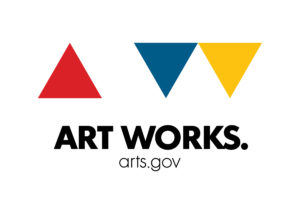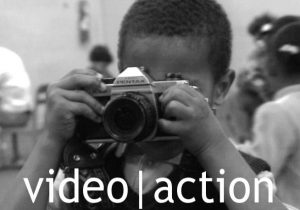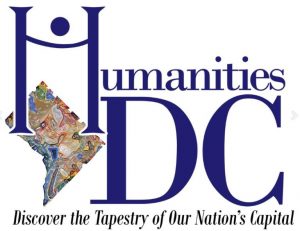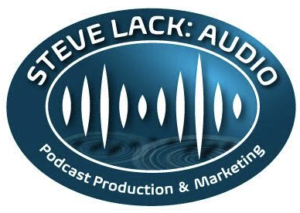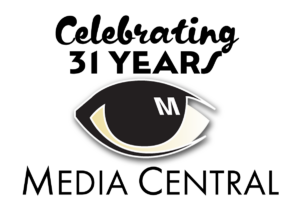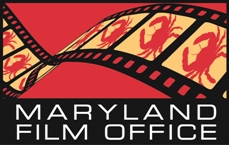WIFV member Flo Dwek interviewed Director Vanessa Gould shortly after her remarkable documentary, OBIT, screened at AFI Docs 2016, this past June.
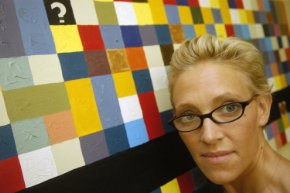
“This not-to-be-missed doc is a tour-de-force in vividly cinematic, behind-the-scenes filmmaking, gifting us with a once-in-a-lifetime look at the arduous, often profound process of creating The New York Times’s iconic and legendary obituaries. The talented Ms. Gould, her cinematographer, Ben Wolf, and her editor, Kristin Bye, showed exceptional craft in conveying what it means to leave behind a legacy – and what it takes to capture it with just those rudimentary tools called words.”
–Flo Dwek, WIFV
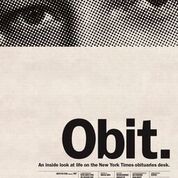
WIFV: Why did you set out to make a doc about the making of obits at The New York Times?
Gould: Not long after completing my previous film – a documentary about artists and scientists working in paper – one of its primary subjects passed away from lung cancer, at the young age of 53. At that time, he was hitting the height of his creative output. It was extraordinary. A career cut woefully short. He was relatively obscure – his name was Eric Joisel – and he lived in the suburbs of Paris on a small artist’s income. As someone who had formally studied and documented his work, I felt the need to address how his legacy might be preserved – even in the smallest way. I didn’t realize this beforehand, but as soon as he died, it immediately started to feel like the memory of him was fading away – as if he had disappeared in a puff of smoke that would not linger for long. It seemed something needed to be done quickly.
And so, I sent a short announcement to most English language newspapers around the world. I didn’t know if anyone would respond. And no one did, except The New York Times. Once I put my disbelief aside, I worked to aid the obituary’s reporter – the extraordinary Margalit Fox – on piecing Eric’s life together, helping to give her a starting point of who he was and what he had accomplished. It was an arresting process, and there were some things we never found answers to about his basic biographical information – did he go to college? Had he ever been married? I couldn’t believe that a week earlier we could have asked him these questions, but their answers were now gone. The process stopped me in my tracks, and it felt like a kind of contemporary cultural anthropology. Also, I was amazed that a paper of such note would devote generous space to such an unknown person. How did they determine who to write about – when they only have room for three or four people a day? How do they turn these exceptionally rich stories around so fast? These questions – and others – took hold, and a few months later I approached the Times about recording the obits desk in a feature documentary.
WIFV: Who produced the film and how was it financed?
Gould: The film was produced by my production company, Green Fuse Films, in conjunction with Topiary Productions, the company of our cinematographer, Ben Wolf. As we entered post-production, we brought on Brooklyn-based producer Caitlin Mae Burke.
The film was financed through a combination of private donations and equity investments, as well as a generous 2015 grant from the New York State Council on the Arts (NYSCA).
WIFV: Tell us about your cinematographer and his outstanding work in creating the film’s very watchable look and style.
Gould: Ben had a terrific eye and visual concept for the film from the first day we spoke about it. We used a direct-to-camera shooting set-up that establishes direct eye contact, a technique that we both felt would work especially well in the context of this film. When we filmed in the newsroom, Ben’s strong intuition and camera work supported our small crew’s ability to effectively embed with the writers and editors, and capture their true-to-life daily work. We took a formal visual approach, which felt in keeping with the nature of the subject matter.
WIFV: The images on screen of famous people, all deceased, were extraordinary. Please fill us in on the superb editing that made these images so captivating.
Gould: Kristin Bye, the film’s exceptionally talented editor, worked for almost 18 months on the film’s cut. She’d certainly be the best person to answer this question, but I will say that she and I really allowed the material to speak to us. We let go of our own agendas pretty early, in terms of content, and looked to the writers’ memories and to the rarest archival material (often unearthed in basements of old TV affiliates who couldn’t imagine why we were interested in some of these forgotten reels) to do the work. One of the overarching goals of the project was to (hopefully) find a way to dust off and revel in material that, for no other reason, might never see the light of day again.
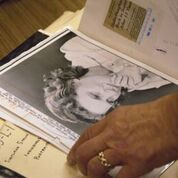
WIFV: Tell us a little bit about what went on behind the scenes at The New York Times. Was it difficult to get your subjects to reflect on their work and open up on camera?
Gould: Well, we filmed the film’s long interviews at their homes. It was my preference to do that for several reasons – the least of which is that it was far less likely to be interrupted. But I think seeing them inside their homes humanizes them – and presents them as individuals before employees. Their environments give us clues to who they are and what they are like – almost as a small character study.
Everyone took very well to speaking on camera. Of course, they are generally used to asking the questions, not being questioned themselves. But we took enough time to get comfortable and get some good conversation going. There’s so much history, and culture, philosophy and psychology to talk about within the subject of obituaries, that there was plenty of terrific material. And, of course, they are all very smart and articulate! I remember that one reviewer characterized them as “abnormally eloquent” – ha!
In the newsroom, the goal – first and foremost – was to stay out of the way, and capture the writers and editors working in the most “fly-on-the-wall” way as possible. We limited office shooting days to maybe 5 or 6, given the general pressure they work under, and the complicating presence of cameras. But it worked out well, and I feel we accurately recorded the general day-to-day at the office – on the desk, and in meetings.
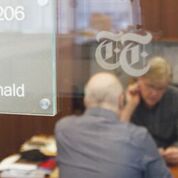
WIFV: What aspects of the paper’s obit development and publication process surprised you the most?
Gould: Even to this day, I’m pretty amazed by the whole process; and the film’s writers and editors are such seasoned, capable newspaper-men and -women. But, at the end of the day, I think it’s the daily cycle that is hardest for me to comprehend. To beautifully and accurately encapsulate 60-, 70-, 80- years into a short 800- or 1000-word piece seems like a rare feat in and of itself. But to do it day after day after day – and always with such grace and care and professionalism – that’s astonishing to me! And on the editorial side, the selection process seems downright nightmare-inducing to me. I think it is to many people, and that’s partly why it’s so fascinating.
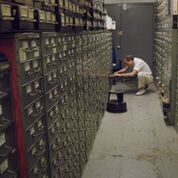
WIFV: What did you learn from this experience that would help other women filmmakers?
Gould: Women are natural storytellers. Follow you instincts, trust yourself, and don’t let the industry ever dictate to you what is right or wrong! Do it your way.
WIFV: How did making this film change your outlook on life or your personal philosophy?
Gould: On the whole, it’s been such a granular, detailed process for me, that I haven’t really stepped back and thought about this. But I can say with certainty, that getting acquainted with the details of so many singular, extraordinary lives has been the greatest privilege, and I am sure the lives and achievements of these people – no matter how large or small – have shaped and enriched my outlook on life as a whole.
WIFV: What would you like viewers to remember or think about after leaving the theater?
Gould: Well, one of the beautiful things about the documentary form is that a film – especially a non-narrative documentary film – can give different ideas to different people. I think my goal as a filmmaker is always to create something that’s less literal and more subjective in its message. It’s a very powerful quality – I think – when a film can mean different things to different people.
WIFV: Where can we see OBIT? Will it open nationwide or screen at festivals?
Gould: Firm plans are not announced yet, but we have a full festival schedule this fall and expect a limited theatrical release early in 2017. The website – www.obitdoc.com – will always have information for people on how to see it. Since the AFI screening, we’ve been to Provincetown and Traverse City; and we’ll be at the following festivals this fall: Milwaukee, GlobeDocs, Hot Springs, Homer, Calgary, and Lunenburg – and at about 6 or 8 others that have not been announced yet.
WIFV: What project are you working on next?
Gould: Still thinking about that…
WIFV: Well, whatever it is, we know it will be amazing. Thank you very much, Vanessa.
Gould: You are so welcome, and my very best to everyone at WIFV!



